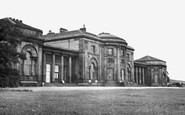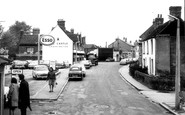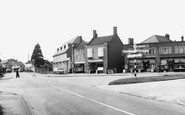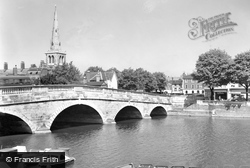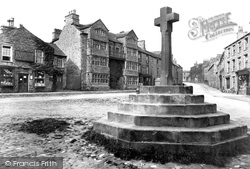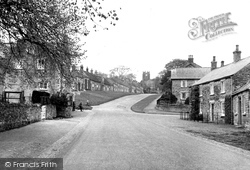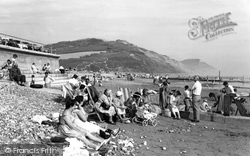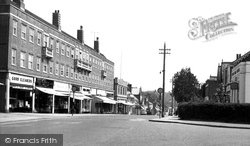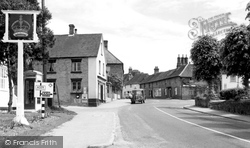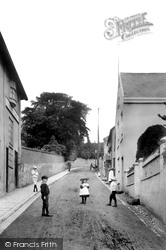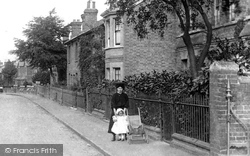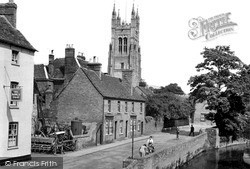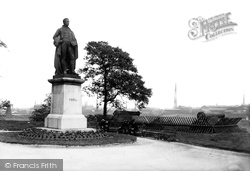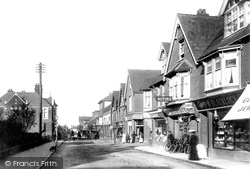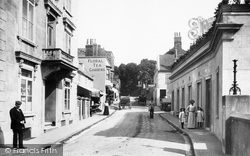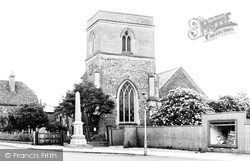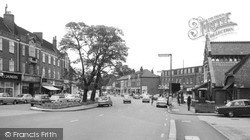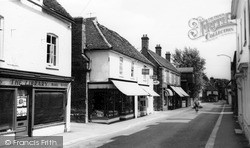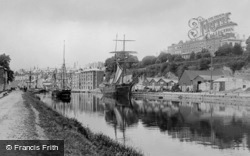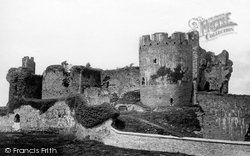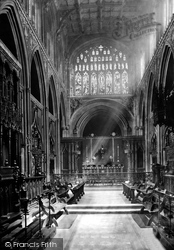Places
11 places found.
Those places high-lighted have photos. All locations may have maps, books and memories.
Photos
54 photos found. Showing results 1,581 to 54.
Maps
494 maps found.
Books
25 books found. Showing results 1,897 to 1,920.
Memories
9,954 memories found. Showing results 791 to 800.
My Memories
There is a museum inside this building which is only open to the public on certain days. This is one of my early memories of Healton Park, when I was a child my parents took me and my sister for a day out, to the park. Later we ...Read more
A memory of Prestwich in 2011
Born In 1956
i was born in Hadleigh in1956, my grandfather worked at Gallaghers butchers which from my memory was back this side of the Esso petrol station.
A memory of Hadleigh by
My Childhood
I believe that my maternal grandmother once lived in the pub called The Rising Sun. Her maiden name was Mary Alice Bellis - and my parents, sister and I visited the village during the 1930s. . We stayed with family who lived in ...Read more
A memory of Rhydymwyn in 1930 by
Eastern Dene
Does anybody know anything about the history of Eastern Dene / Western Dene? I was told about the zoo that once stood on the site of the park primary/middle school, but I hear that a battle took place on Eastern/Western Dene. I ...Read more
A memory of Hazlemere in 1979 by
Pixton
My grandfather - Jim Williams - worked on the estate, he lived at Newbridge Lodge for many years. He took me with him to work one day when I was about 8 or 9 years old, I don't remember much apart from that they were cutting a hedge in ...Read more
A memory of Pixton Park by
Beckley Family Long Hanborough
My family can be traced to the 1700s and back to Robert Beckley. I hope to visit the area later this year to see where they lived. If anyone is related to Robert Beckley or any of his descendants I would love ...Read more
A memory of Long Hanborough
Childhood Holidays
I will never know why, but we used to take the train to Lundin Links, and then taxi to Lower Largo. I don't know when these holidays started (I was born in 1957 and there are certainly photos of me around 3 years old). ...Read more
A memory of Lower Largo in 1965 by
Fitba In The Big Park
I was born in Suttislea in Nitten in 1947 but my sister and I emigrated to Gowkshill when I was 2 (I think) and lived at 18 Pentland Avenue till I married Isobel from Bonnyrigg when I was 21. I grew up with the Weighands ...Read more
A memory of Gowkshill by
Boyhood Memories
I was born in 89 Abbot Street, just off Sunderland Road, in 1932, then we moved to the Gateshead end of Redheugh Bridge. When the Second World War started we moved to 20 Brussel Street. The Davidson family lived in the flat ...Read more
A memory of Gateshead in 1940 by
Old Manor Cafe
My memory of Blackwater started when I was 14, for those of you who don't know what the Old Manor was, it was a transport cafe, which stood on what is now a supermarket site, on the right, at the junction with Rosemary Lane. In ...Read more
A memory of Blackwater in 1960 by
Captions
2,019 captions found. Showing results 1,897 to 1,920.
The cars parked on the pavement gives a hint of the traffic problems caused by people heading to the Lakes or southwards.
Murkett Brothers car showrooms on the opposite bank in the 1955 picture indicate an unlikely egalitarianism in the juxtaposition of window signs for both Rolls Royce and a caravan agency.
The TV series All Creatures Great and Small was filmed here, which put the village back on the tourist trail in the 1970s.
In nearby Newburgh Priory possibly lie the headless remains of Oliver Cromwell - his daughter is reputed to have brought the body back from Tyburn after the hanging of his corpse in 1660, following the
Jane Austen writes in 'Persuasion': 'Charmouth with its high ground and extensive sweeps of country, and still more, its sweet retired bay, backed by dark cliffs where fragments of low rock
Sited on the Haywards Road junction, the white building on the extreme right is Lloyds Bank; this building was later demolished, but Lloyds are still on the same site.
When they failed to produce these, the ten men stormed back to camp, helping themselves to rifles.
The three-storey Masons' Arms (left), where the landlord was George Hodder, has been replaced by a modern library set back from the road.
Here we have another view of the village, with its cottages and barns built in its local sandstone.
For a while, the mansio and its attendant shops were surrounded by a series of banks and ditches.
The business goes back to the 17th century, and was started by the landlord of the Bell, who was also a blacksmith.
This is a wonderfully patriotic photograph of the monument to Lancashire lad Sir Robert Peel, standing in the park named after him.
Although our picture is remarkably free of traffic, during holiday times cars, buses and lorries backed up for two or three miles in each direction, and the congestion was only relieved by the construction
This view looks back towards the town centre. These Georgian buildings with their refined sash windows have gone.
We now turn left from the High Street into Sheaf Street and look back down the hill to Brook Street. The scene appears very quiet, with only one car and a cyclist to be seen.
On the right is the old Belle Vue Tavern dating back to the 1760s, which was an earlier haunt for smugglers.
Probably dating back to a chapel-of-ease on the site in the 14th century, St Michael and All Angels is a striking landmark visible from most of the town.
Further along The Broadway, and set back, is a row of shops which in fact incorporate a fragment of The Red House. This row was demolished in the 1980s to make space for a large office block.
The photograph shows Bell Street as a quiet back street in a small market town with only one car and a solitary cyclist - a far cry from the busy shopping centre of today.
This approach to the city is picturesque, with the canal winding its way through the meadows between reed-fringed banks.
Henry's wishes were to count for little, as de Clare - with the backing of the barons - retook it by force.
This was produced from willow and alder, which was readily available from the river banks. The river also provided water-power for the mills and transport for barges.
linked the north end of the bridge to the Saltmarket (originally called the Waulcergait (street of the wool- scourers), while the Drygate ran east from the cathedral and terminated on the west bank
The rebuilding took nearly twenty years, and the craftsmen tried to put only the best and finest materials back into Manchester's chief house of God. 192 new traceried panels were fitted to the ancient
Places (11)
Photos (54)
Memories (9954)
Books (25)
Maps (494)

